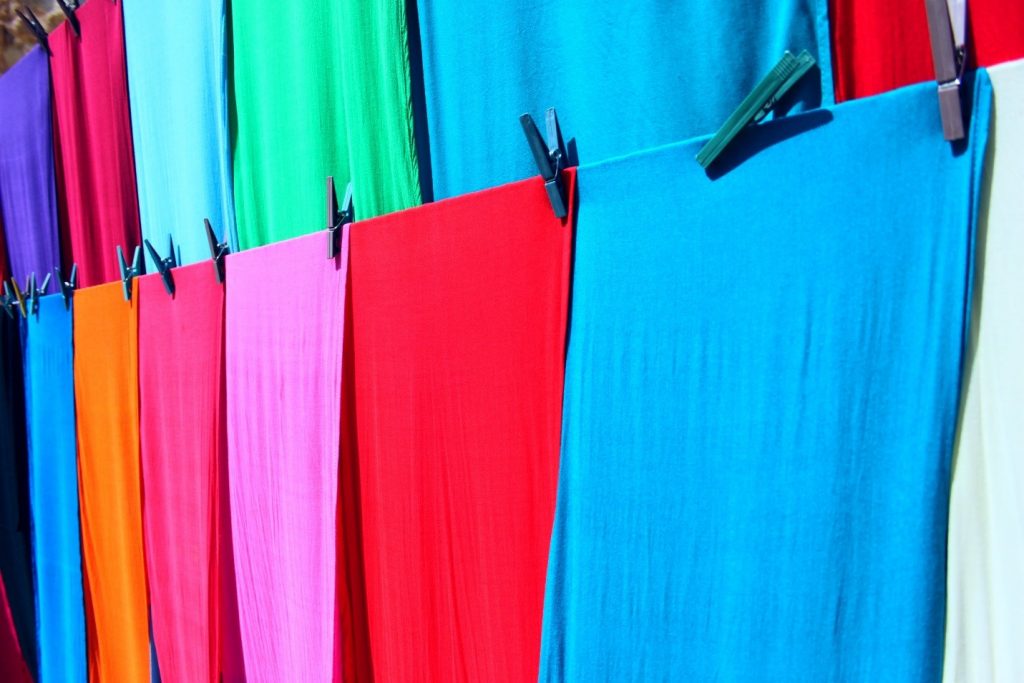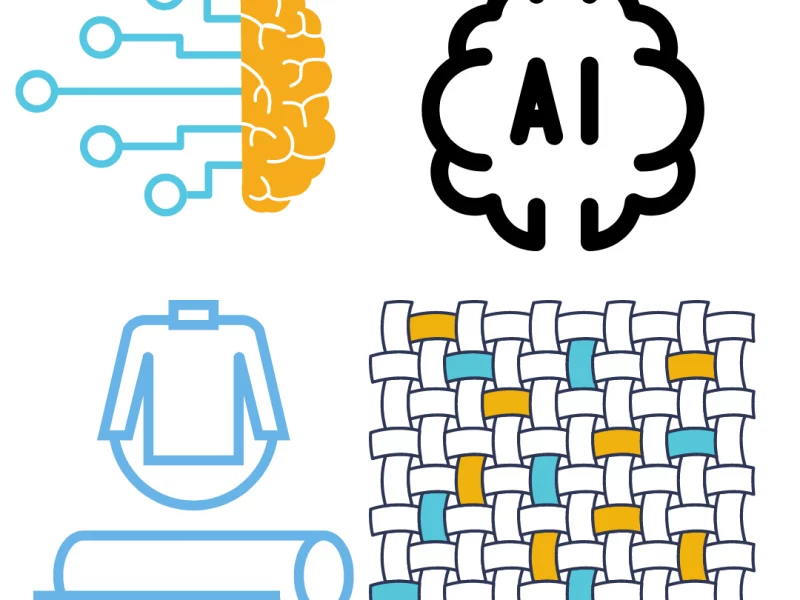To date, the textile industry is the largest in the world, catering to over 75 million people worldwide. It is imperative to the livelihoods of all these people who work in it. However, as climate change becomes prominent, consumer awareness has increased – they are on the look-out for eco-friendly and sustainable textiles.

Here Is What You Need to Know About Sustainable Textile
During this article, we will explain everything you need to know regarding sustainable textiles. We know you are curious, so let’s delve into the details:
What is Sustainable Textile?
It is probably the first question that crosses our minds. Sustainability is a broad term that requires analysis of the environmental, social, and economic levels.
The textile industry is infamous for its extensive water consumption, energy, chemicals, and various pesticides. This is increasing greenhouse gas emissions in the environment, which exacerbates global warming and climate change. Therefore, consumers now demand environmentally friendly products, which are recyclable, bio-degradable, and positively impact the economy and the people around us.
Here, the concept of sustainability comes in.
Environmental Sustainability
With consumer practices changing, they have started demanding industries to manufacture environmentally-friendly products that reduce harmful chemicals and water resources. Consumers want to safeguard the earth’s limited resources; otherwise, there may come a time when resources like water will diminish in quantity.
Social Sustainability
As humans, we have a moral responsibility to look after each other. The presence of social sustainability in textiles means that rather than using pesticides and chemicals that contaminate drinking water for people, we shift to eco-fibers. It implies that fabrics produced would be free from any contamination.
Economic Sustainability
Under this, it is a requirement for people to have access to equal resources. This concept applies to the sustainable textile industry as it calls for an equal and equitable distribution of resources. No discrimination whatsoever should prevail.
Having elaborated upon the definition of sustainability and how it applies to textiles, we now move forward to how it is achievable in the textile industry.
Interesting, isn’t it? Who would have thought textiles could become environmentally friendly too?
How do Sustainable Textiles work?
Before using eco-fibers, research and development are of primary importance. The study is done through market research – by finding out what consumers prefer – what ethical practices they would want their favorite textile brands to apply.
After this, development starts on garments. For this to succeed, the most sustainable fibers are identified, consume minimum resources, and are recyclable. Upholstery fabrics, in particular, are renowned for their biodegradable ability. It ensures that those products can be re-used and recycled, reducing the earth’s carbon footprint, owing to non-negligible production processes undertaken.
The Ethical Debate Involved
The authenticity of a product is crucial before a customer considers purchasing it. With sustainable textiles, the validity of a garment is never compromised; however, only how to produce that finished product differs. Owing to the ethical issues surrounding textile production, so now consumers demand organic garments instead.
The ethical debate that we speak of combines various issues, namely:
Labor Exploitation
In various countries, laborers are exploited by being given wages below the minimum wage set by those countries’ governments. Additionally, they don’t have the proper safety gear, equipment, or working stations to produce garments. The lighting may be low, and working conditions are, therefore, dangerous.
Animal Cruelty
Vicious animal cruelty practices have been a longstanding issue; in the past, lions, peacocks, snakes, and numerous other wild animals have become victims to the fashion industry’s demands. It has been prevalent to such an extent that many species have become extinct as of date.
Industrial Waste
Toxic waste produced by manufacturing textile industries’ end up in the seas and oceans. Without proper waste management, this waste disposal has endangered marine life under the threat of consuming plastic and being exposed to harmful contaminants.
How Sustainable Textile Mitigates Ethical Issues
In light of ethical and moral violations committed within the textile industry to meet consumer demands, sustainable textile comes as a savior. There are a variety of alternatives that manufacturers can consider.
Organic Cotton
This raw material may be expensive for industries, but it reduces the amount of plastic discharged into the oceans and seas. It is easily recyclable, reusable, and durable.
Linen
With linen being bio-degradable, it means the amount of water and fertilizer consumption will continue below. It also contains anti-microbial and breathable properties, making it a necessary fabric staple for delivering that gowns in Dubai look that you crave.
Recyclable Polyester
With a 75% lower carbon footprint than standard polyester, this fabric is all the rage when it comes to reducing the effect caused by unethical practices.
There are, of course, many more, but these are the fabrics used most.
How have Textile Industries’ responded to Sustainability demands?
The central question is whether industries now abide by sustainable practices or not?
The short answer is yes.
Industries and companies are concerned about their goodwill on the market, so they are doing all they can to cater to consumer demands. Before producing garments, the CO2 emissions, consumption of resources, greenhouse gases, transportation, and storage costs are paid.
There was a notion of reducing production costs in the past, and now these manufacturers are willing to pay more to guarantee sustainable production processes. It is indeed an excellent shift from a profit-orientated approach towards the “Going Green” mechanism.
Conclusion: The Future Lies With Us
Consumers play a vital role in regulating sustainable textile production practices. It is up to us whether we use our power to safeguard the eco-system and those around us or do the contrary.
Sustainable textile is a renaissance in the textile industry, making us rethink our decisions’ negative impacts on all of us collectively.
In the end, it is not one man’s actions for himself, but one man’s efforts for an entire community.


